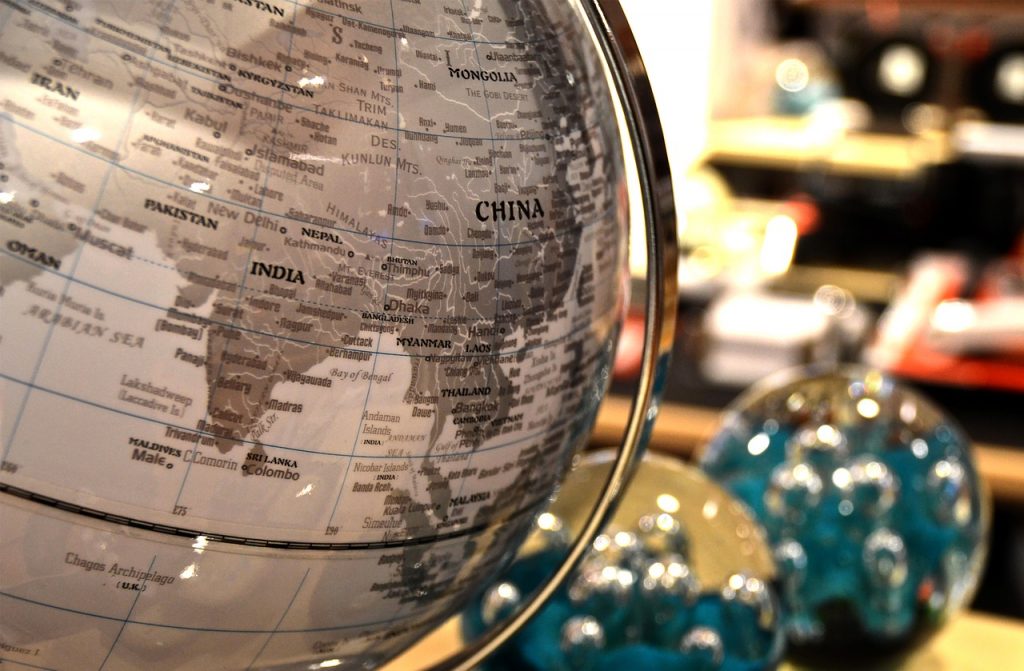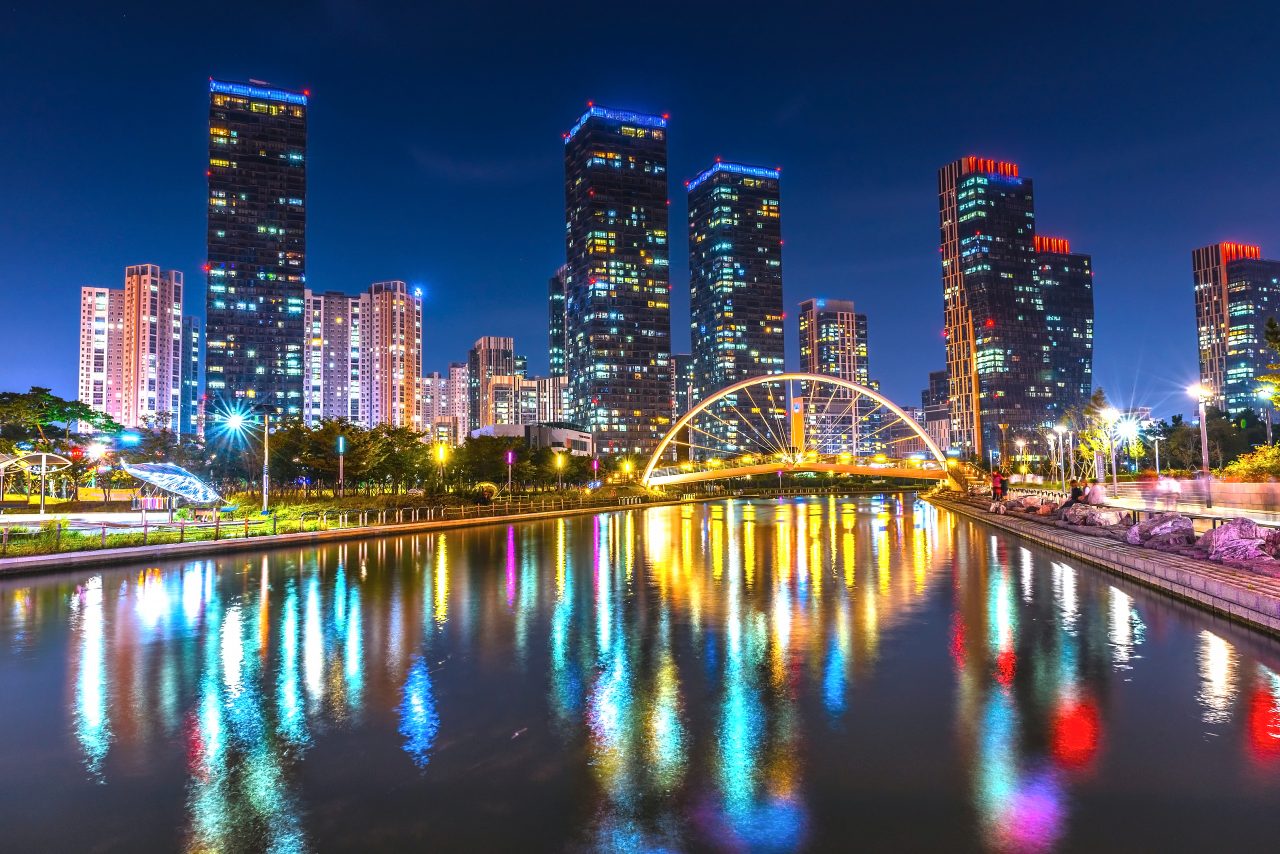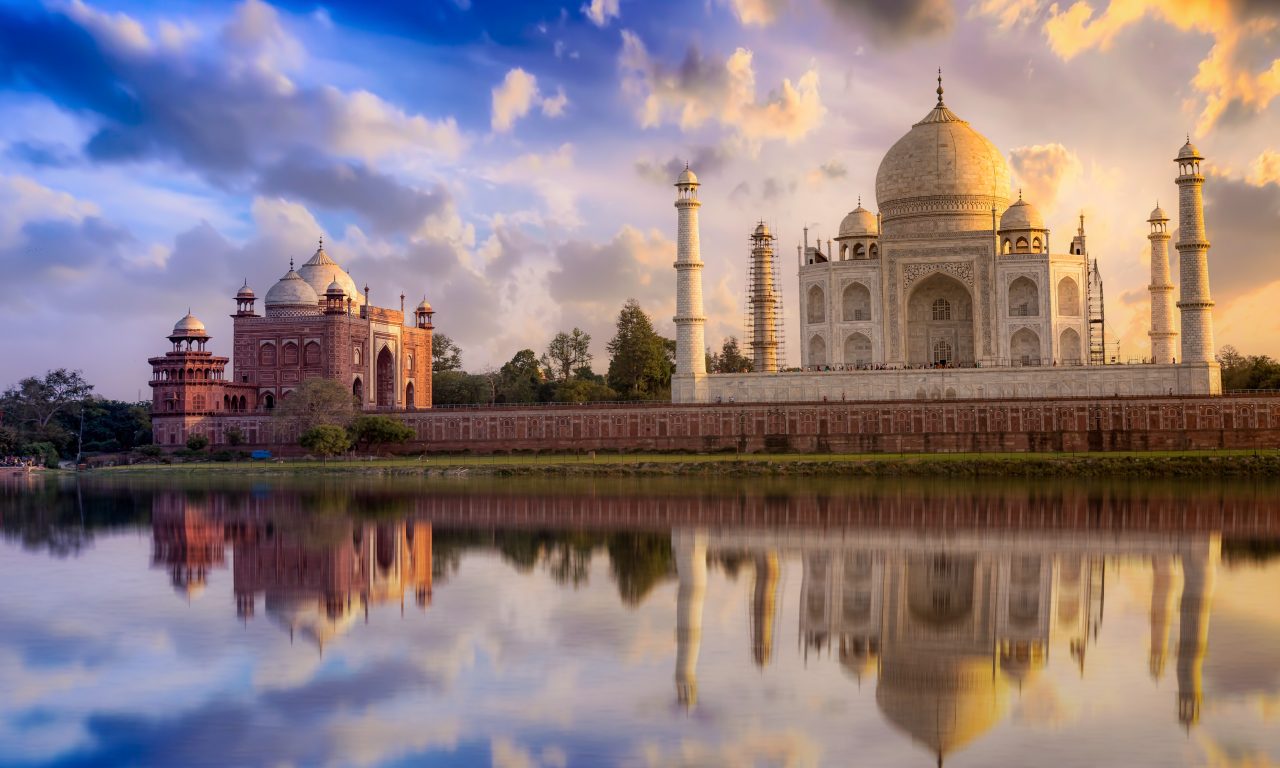Join GlobalBizzNetwork and start your international business network today.
Syria
The Syrian economy was relatively stable with annual GDP growth averaging around 5% before the war began. The GDP per capita was $2,835, an amount that was similar to Egypt and Morocco, but lower than most countries in the MENA region. Agriculture was and remains today, incredibly important making up 19% of GDP and employing 26% of the economically active population in 2011. The state largely controlled the oil industry. It was critical for funding the government and employment.
Production in the energy sector has fallen precipitously, as crude oil production went from 386,000 barrels per day (b/p) in 2010 to 9,000 b/p in 2014. Manufacturing, mining, and utilities made up 27.9% of GDP in 2010 and are likely to have seen massive declines as transportation infrastructure has been destroyed and supply chains, that provided fuel and raw material inputs, have been disrupted. Many businesses in this sector allegedly picked up and moved to neighbouring countries, especially Turkey where Syrians accounted for 26% of new businesses registered in 2014. The mineral sector went from exporting $4.7 billion in 2011 to almost zero in 2015. The services sector, primarily tourism, was also a major part of the economy and this will take a long time to recover.
Internal obstacles to revitalizing the economy
The sheer amount of destruction to physical assets within the country will pose a major obstacle to reconstruction. As of 2017, seven percent of the housing stock was destroyed, 20% of housing stock was partially damaged, 5.6 million people fled Syria, and 6 million people are internally displaced. In the agricultural realm, the UN estimated that there has been $3.2 billion in damage to infrastructure. These losses include Irrigation systems, processing and storage facilities, and agricultural machinery. A UN study noted that 25% of households lack access to seeds, 50% lack access to fertilizers, and livestock ownership has plummeted by roughly 50%. Gas pipelines, electricity transmission networks, and roads are badly damaged. It is difficult to tabulate the correct damage costs since access to Syria is still highly restricted. Overall, the conflict is estimated to have caused cumulative losses in GDP of $226 billion as of 2017.
External obstacles to revitalizing the economy
The US placed a series of extensive sanctions on Syria through executive orders at the beginning of the 2011 conflict. These targetted critical revenue generators and influential supporters of the Assad regime. Specifically, these sanctions prohibit trading of petroleum products from Syria, investment in Syria by US persons, the sale of services from US persons to Syria, and they freeze the assets of high-level government officials.
Trade with neighbouring countries has plummeted. A revitalisation of the economy depends on re-establishing these damaged supply chains. This will be especially difficult because freight and insurance costs will be high due to the risk of theft as a result of the instability. There is very low availability of capital as private entities and outside countries, besides Iran and Russia, are not active within Syria at the moment.
Economic opportunities for Syria
Rebuilding the country will be incredibly difficult and expensive for the reasons listed above. Iran and Russia will be the largest beneficiaries from reconstruction in Assad-held territory. This is because of their critical role in propping up the regime throughout the civil war. Iranian entities have extracted rents from President Assad through agreements such as a memorandum of understanding for an Iranian entity to run a mobile phone operator and play a role in a lucrative phosphate mine. Russia’s energy minister has already signed a cooperation agreement with his Syrian counterpart. Russia is believed to be a major investor in the Khnefes phosphates mine in Palmyra.
Furthermore, a Syrian-Russian Business Forum held earlier this year included Syrian government officials that requested Russian investment in a number of projects ranging from railway construction to power plant generation to cement industrial plants. Allies and members of the Assad regime will work on these. Furthermore, Russia’s investment will be critical for government efforts to raise revenue. This will likely have a modest positive impact on the Syrian economy and provide some jobs for locals, but the vast majority of any benefit will be for those foreign companies and the regime.
Foreign investment in Syria
Syria is also eyeing Chinese investment for large-scale infrastructure projects. China is likely interested as well, as it pledged $23 billion in loans and aid to the Middle East region, including $90 million in humanitarian aid to Yemen, Lebanon, Syria, and Jordan, at the China-Arab States Cooperation Forum at the beginning of 2018. As China does not take human rights records into account when making investment decisions, a fact that is unlikely to change, it will be easier for Syria to attract investment from it as long as China believes that the projects are economically viable. The Assad government will have to balance its major need for outside capital to fuel these projects against China’s tendency to use debt as a tool for acquiring ownership over strategic assets of poorer countries.
In the territory held by Kurdish forces, there is a significant opportunity for outside actors and investors. In 2017, US-backed forces captured the al-Omar oil field from ISIS. This is one of the many areas in the oil-rich Deir Ezzor governorate that is now under their control. There may be an opportunity for outside corporations to help extract oil, develop refineries, and rebuild pipelines and damaged transportation infrastructure.
Foreign companies can also play a major role in the agricultural sector. The al-Hassakeh, Ar-Raqqa, and Deir Ezzor governorates had massive losses of annual crops such as wheat, cotton, barley, and spices among others. The people in these regions need outside interests to develop agricultural infrastructure. This will allow for the continued sales of fertilizers, pesticides, etc. and increase output. They also need companies to rebuild their irrigation systems more efficiently and teach them more efficient agriculture conservation methods. There will also be a significant need for institutions or entities that are willing to finance these projects.
In conclusion
However, these opportunities in energy and agriculture come with high levels of risk. The Trump administration’s indecision surrounding troops withdrawal from the area is causing uncertainty. Furthermore, foreign companies should consider holding off on medium and long-term investment in the region. This is until Kurdish forces and the Assad regime come to some sort of governance agreement. A possible outcome could be one similar to the autonomy provided to Kurds in Iraq.
The country presents limited opportunities for engagement. Syria continues to remain a risky place to conduct business. Part two of the series will evaluate how developments will likely impact an important neighbour, Jordan.







